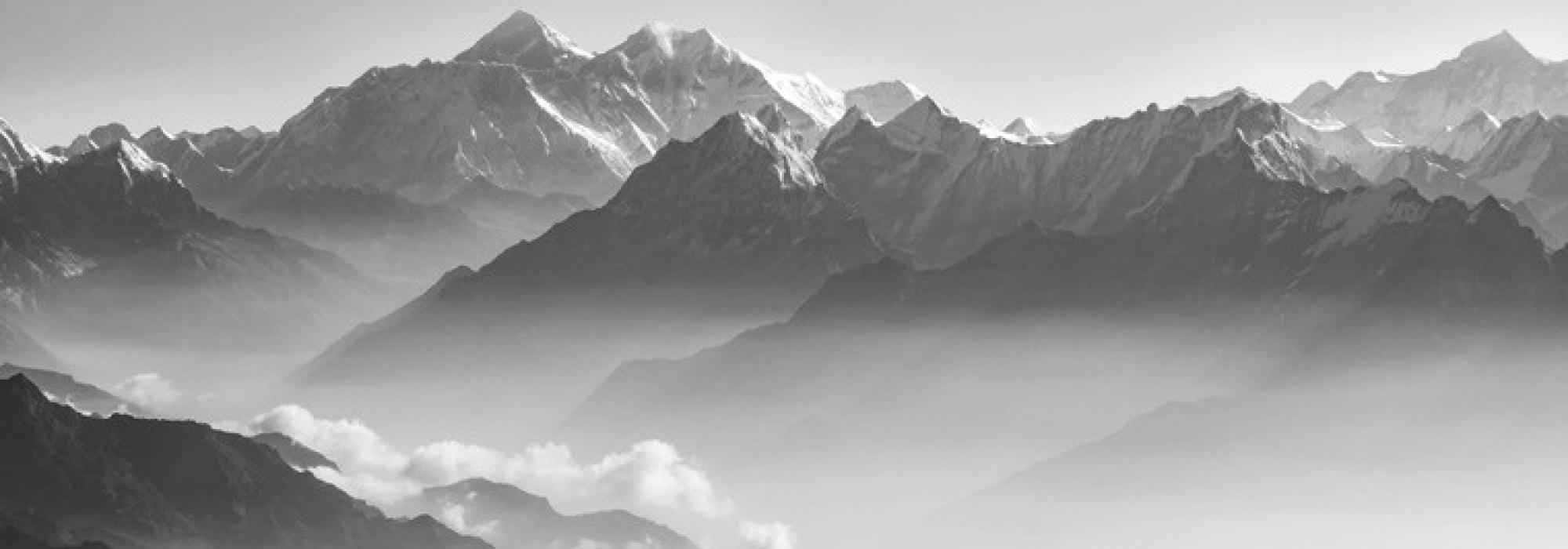Kauśikī’s words of praise upon seeing Mālavikā perform are noteworthy. Her response is in the form of a verse, whose second half provides incredible insights into all major forms of art including poetry. She says: bhāvo bhāvaṃ nudati viṣayād rāgabandhaḥ sa eva (2.8). It roughly means: “One emotion inspires the next, covering the whole range of feelings. This is how a passionate recital looks like!” We can broadly relate this to literary aesthetics in the following manner. Bodily movements in dance can be likened to words that constitute the form of poetry. The regular measure of time, laya, can be thought of as metrical rhythm, gati. Further, dance and poetry both have rasa as their ultimate objective.
To create rasa, the performer or the poet should have the ability to get completely immersed in the situation he seeks to portray – he should dive into the emotional current of the situation. This ability provides the skill to invest every episode with appropriate emotional force while keeping in mind the larger picture of the composition as a whole. The poet’s personal feeling then gets inspired to create the causes and effects of emotion as suited to various situations and characters. A work of art that is enlivened by emotions in this manner kindles rasa in the connoisseur. To put it succinctly, the form of poetry, its outer façade, should always point at the content, its inner core. Needless, this applies to all forms of art.
By the foregoing discussion it is clear that Mālavikāgnimitra is an important work that gives incisive insights into art analysis even though it comes across as one of the earlier compositions of Kālidāsa.
Let us move on Vikramorvaśīya.
We may begin by considering a few aspects of its prologue. We saw the poet speak in a diffident and defensive tone while presenting Mālavikāgnimitra. That has changed. His tone is no longer overtly submissive. Kālidāsa has now realized that connoisseurs are curious to witness the performance of new playwrights even though they have enjoyed several plays in the past: pariṣadeṣa pūrveṣāṃ kavīnāṃ dṛṣṭarasaprabandhā (dialogue after 1.1). Here is a confident poet presenting his new composition, enthused by the appreciation he has received for his previous works. It is a mark of Kālidāsa’s development as a poet. He is neither so anxious to lapse into self-defense, nor so confident to be closed to criticism. This is the reason why he asks for the involvement and cooperation of connoisseurs while describing the crux of his composition:
प्रणयिषु वा दाक्षिण्या-
दथवा सद्वस्तुपुरुषबहुमानात् ।
शृणुत जना अवधानात्
क्रियामिमां कालिदासस्य ॥ (१.२)
Please listen to this composition by Kālidāsa with atten-tion, either out of consideration for people in love or out of respect for a profound theme and noble hero.
In asking the connoisseurs to take interest in love and the people bewitched by it, Kālidāsa does not appear as an extremely self-critical poet. The profundity of the composition reveals itself if the connoisseurs pay proper attention to the theme and characters. So, the poet need not beg his spectators to be considerate of people in love. However, this seems natural as the submission of an upcoming artist. The genius of Kālidāsa takes this submis-sion a step forward. He asks not just for consideration but attention; he wants the spectators to focus, involve. Here we have the initial strains of the poet blossoming into maturity. (We see a parallel to this in the initial verses of Raghuvaṃśa. However, the degree of maturity there is much higher. More on this later.) We find an echo of this sentiment in Ānandavardhana’s reassuring words: na sādaḥ kartavyaḥ kavibhiranavadye svaviṣaye (Dhvanyāloka, 4.17) – “Poets need have no compunction about their unblemished subject.”
Aestheticians generally do not discuss the poet’s character and his track of development. They relegate these matters to poetic manuals – kaviśikṣā works. This is one of the reasons why the works of authors such as Kṣemendra, Rājaśekhara, Keśavam-iśra and Amaracandra have not received the attention that they deserve. Kālidāsa’s observations act as a veritable lighthouse in this largely unexplored territory.
Vikramorvaśīya also has a historical significance. It mentions only eight rasas (2.17)—not nine—in accordance with the ancient textual evidence of Naṭyaśāstra. At a later time Abhinavagupta identifies a ninth rasa, śānta, in one of the textual variants of the treatise. However, śānta is more the ultimate state of all rasas than an independent one. In this light, Kālidāsa’s backing for eight rasas is most appropriate.
The introductory segment of the third act has some unique observations. Among these, the most important is perhaps the part that suggests the depth of involvement required of an artist while conceiving a work of art. While playing a part in a play titled Lakṣmīsvayaṃvara, Urvaśī utters the name of Purūravas instead of Puruṣottama, blinded as she was by her love for the former. This naturally invites the anger of Sarasvatī, the author and Bharata, the director. Urvaśī’s slip of tongue exemplifies the aesthetic impediment (rasa-vighna) caused when an artist gets excessively involved in her own happiness or sadness. Abhinavagupta identifies this as nijasukhādivivaśībhāva. Although he has explained it from the perspective of connoisseurs, it applies to artists as well. To avoid such unsavoury incidents, Rājaśekhara urges poets to present their compositions born of an excited emotional state before a small group of discerning connoisseurs – to hear their thoughts and make corrections if necessary.[1]
_________________________________________________________________
[1] रसावेशतो काव्यं विरचयतो न च विवेक्त्री दृष्टिः, तस्मादनुपरीक्षेत । अधिकस्य त्यागो न्यूनस्य पूरणम् अन्यथास्थितस्य परिवर्तनं प्रस्मृतस्यानुसन्धानं च । इत्यहीनम् ॥ (काव्यमीमांसा, पृ. ५२)














































